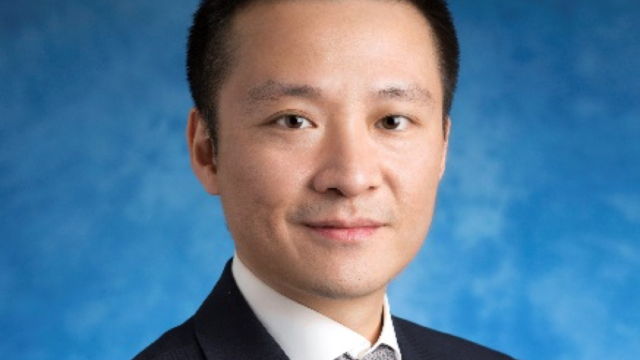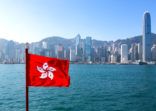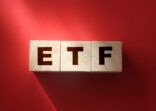Frederick Chu, China Asset Management
In Hong Kong, investors with a high risk appetite tend to invest in the equity market using derivative warrants − products similar to options, that give investors a right to buy or sell the underlying asset at a pre-set price on or before the expiry date.
“Many investors have already been very comfortable with investment in warrants, which normally come with a higher risk,” he said.
As a result, the demand for L&I ETFs is low. Chu believes it’s because some investors incorrectly see L&I products as a substitute for warrants. In fact, the two types of products have different risk-return profiles. In addition, unlike warrants, the value of a leveraged or inverse ETF may erode with time in volatile markets due to daily resetting of their exposure.
In the 18 months since the debut of Hong Kong’s first L&I product, the presence of L&I products in the local market remains insignificant.
As of the end of 2017, 27 L&I products were listed on the Hong Kong exchange. They represented 20% of 133 exchange-traded products. However, the assets they held were merely 1% of the aggregate ETF assets of $46.15bn, data from the regulator shows.
Other major Asian ETF markets, such as Taiwan, Japan and South Korea, are able to generate around half of their total ETF turnover from L&I product trading, Chu said, adding that in Hong Kong, the daily turnover in L&I ETFs is only around 8% of the total.
Delistings
Among the L&I products in Hong Kong, 18 of them in nine pairs track the local stock market indices, the Hang Seng Index and the Hang Seng China Enterprises Index. The sum of their AUM accounts for only $403m while traditional ETFs with the similar exposure have $26.33bn in AUM, among 17 funds.
The first L&I products in Hong Kong, issued by Samsung Asset Management, were among the ETFs that were delisted in 2017. The two pairs of funds, tracking South Korea’s KOSPI 200 and Japan’s TOPIX, terminated trading in July last year.
Chu said that delisting of ETFs is common in mature markets, such as US. “The situation is similar to turnover in a company – you hire people while sacking some of them, based on their performance,” he said.
“ETF issuers do the same with underperforming products. Delistings do not mean that the market is flawed or unhealthy. They are purely commercial decisions.”
China AMC’s L&I ETFs tracking the Nasdaq 100


















